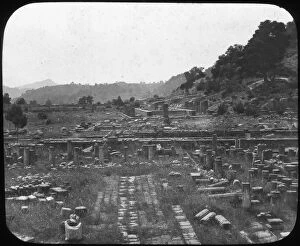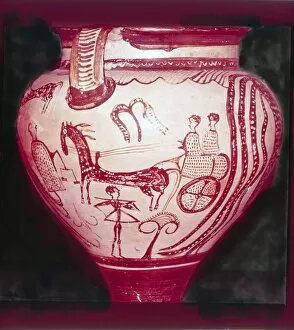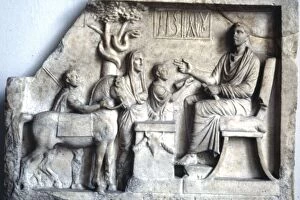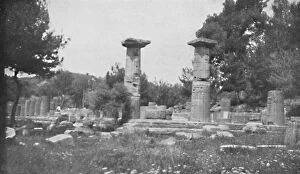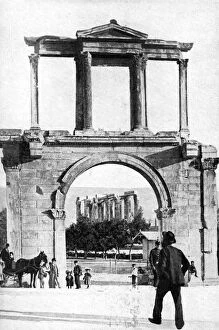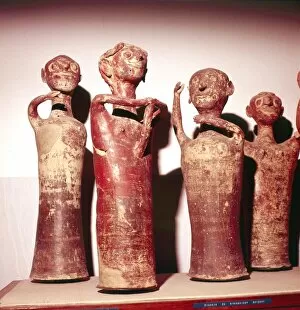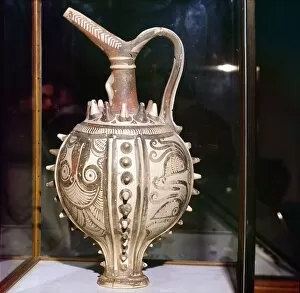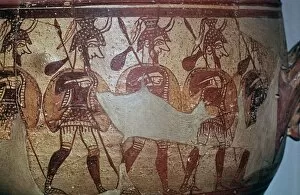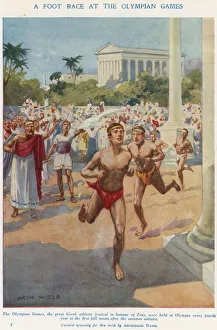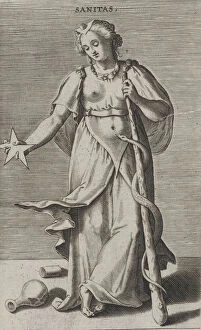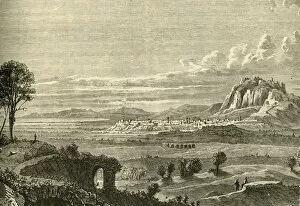Peloponnisos Collection
"Peloponnisos: Exploring Ancient Wonders in Greece's Heartland" Journey back in time to the late 19th or early 20th century
All Professionally Made to Order for Quick Shipping
"Peloponnisos: Exploring Ancient Wonders in Greece's Heartland" Journey back in time to the late 19th or early 20th century, as we uncover the captivating beauty of Peloponnisos. Nestled amidst this enchanting region lies Mount Kronos, a majestic peak that offers breathtaking views and whispers tales of ancient gods. At its foothills stands the awe-inspiring Temple of Hera, an architectural marvel that transports you to Olympia, Greece. Step into history with Periandre, ca. 1639-40, a masterpiece crafted by Jean Couvay and Abraham Bosse. This artwork captures the essence of Peloponnisos' rich cultural heritage and invites you to delve deeper into its mysteries. As we explore further, our gaze falls upon the restored Temple at Olympia (1890), an evocative testament to human craftsmanship through ages unknown. Nearby awaits the Gate of Lions at Mycenae (1890), standing tall as guardians of forgotten legends. Immerse yourself in the vibrant atmosphere surrounding Olympia's Athletic Field entrance (1913). Feel your heart race with anticipation as athletes from across Greece gather for epic competitions under The Temple of Hera's watchful eye (1913). Greece beckons us with open arms; c1930s artist ENA paints a vivid picture capturing its allure. From Corinth's bustling City depicted in Acts 18:1 (1830) by J Clarke to Vera Willoughby's haunting portrayal of Clytemnestra (c1927), each stroke reveals layers upon layers of untold stories waiting to be discovered. Peloponnisos is not just about ancient wonders; it embraces modernity too. Explore The New Town in Corinth where old meets new seamlessly amid charming streets and lively markets during late 19th or early 20th century times.

